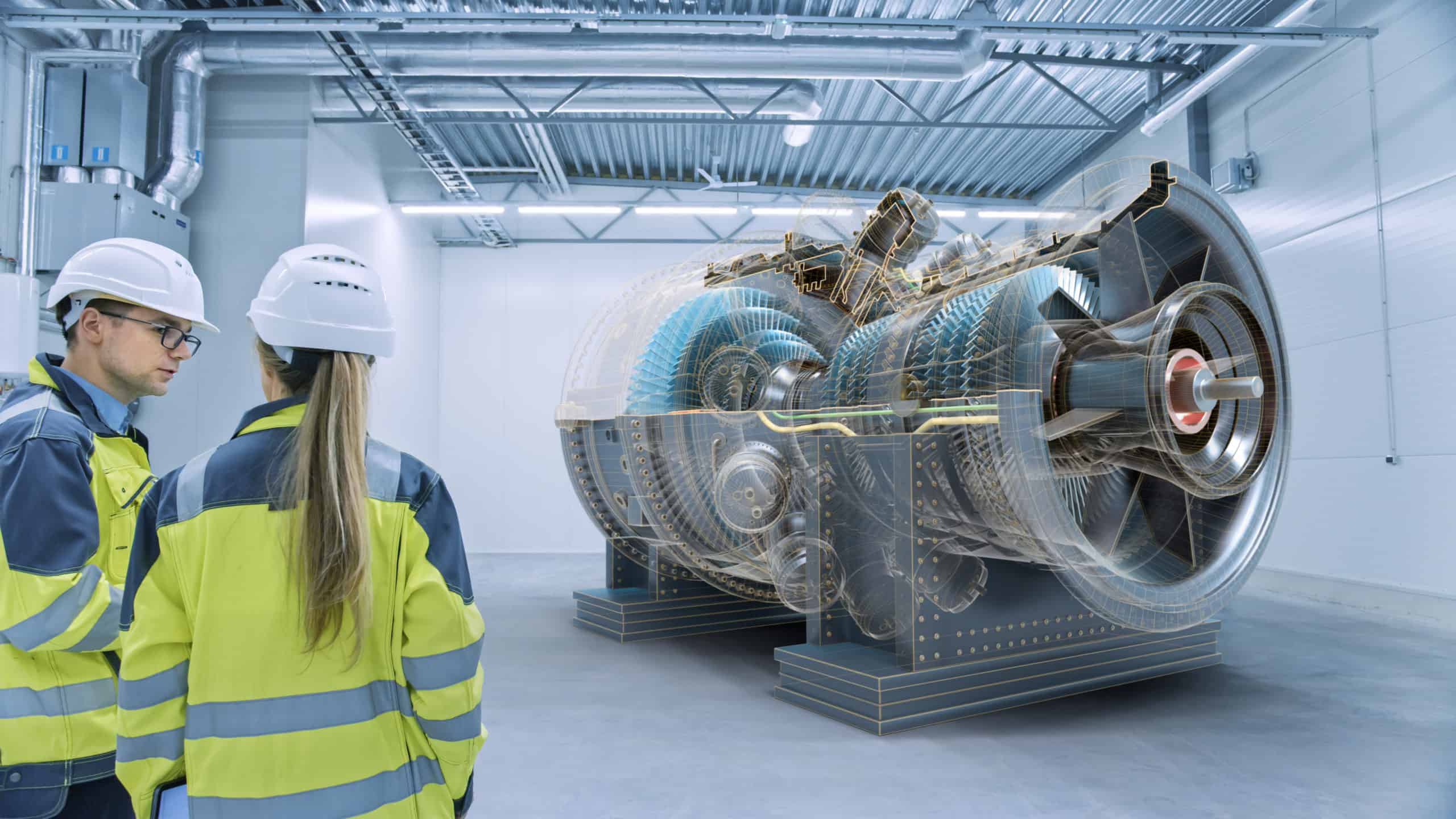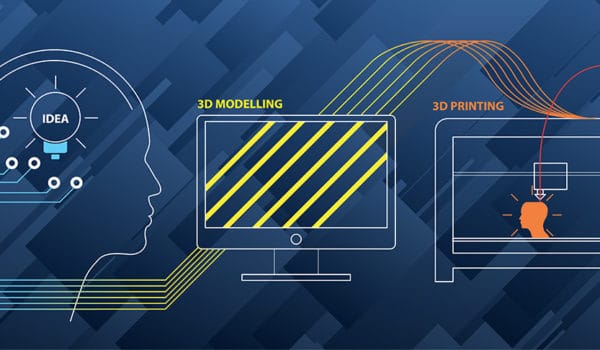MIT’s new heat engine with no moving parts is as efficient as a steam turbine. The design could someday enable a fully decarbonized power grid, researchers say.
In coal, gas, and nuclear power plants, steam turbines are used to generate the majority of the world’s electricity. Thermophotovoltaic (TPV) cells have historically not been as effective as turbines, converting about 20 percent of heat energy to electricity as opposed to 35 percent for steam turbines. In the future, we could be able to store heat produced by renewable energy sources inside thermal batteries and then transform that heat into electricity again using Thermophotovoltaic (TPV) cells. Steam power has been a foundational element of the contemporary world since the Industrial Revolution. Even now, coal, gas, and nuclear power plants use steam turbines to provide the majority of the world’s electricity. However, the efficiency of a new type of heat engine being developed by scientists at MIT and the National Renewable Energy Laboratory (NREL) is now surpassing that of the steam turbine, potentially opening the door to a revolution in how we produce and store energy.
The Thermophotovoltaic (TPV) Heat Engine Explained
A heat engine without moving parts has been created by MIT and the National Renewable Energy Laboratory (NREL) engineers. In comparison to conventional steam turbines, their new demonstrations show that it transforms heat into electricity with an efficiency of about 40 percent. The Thermophotovoltaic (TPV) cell in the heat engine passively collects high-energy photons from a white-hot heat source and transforms them into electricity. Thermophotovoltaic (TPV) cells are comparable to the photovoltaic cells in solar panels. A heat source that is between 1,900 and 2,400 degrees Celsius, or up to around 4,300 degrees Fahrenheit, can produce energy using the team’s design.
The Thermophotovoltaic (TPV) cell will be used by the researchers to create a grid-scale thermal battery. The system would take in extra energy from renewable resources like the sun and store it in hot graphite banks that were well insulated. Thermophotovoltaic (TPV) cells would turn the heat into electricity when the energy was needed, such as during cloudy days, and send the energy to a power grid. The team has now successfully demonstrated each of the system’s key components in independent, small-scale studies using the novel Thermophotovoltaic (TPV) cell.a
To demonstrate a completely functional system, they are attempting to merge the component elements. From there, they intend to expand the system to displace fossil fuel-powered power plants and enable the creation of a fully decarbonized power grid that is powered solely by renewable energy. Three primary sections make up the cell’s construction: a high-bandgap alloy, a slightly lower-bandgap alloy, and a layer of gold that resembles a mirror underneath. The highest energy photons from a heat source are trapped by the first layer and transformed into electricity, while lower energy photons that pass through the first layer are captured by the second layer and transformed to increase the voltage produced. Any photons that do travel through this second layer are then reflected back to the heat source by the mirror as opposed to being absorbed as unnecessary heat. The scientists used a heat flux sensor, which is a tool that monitors the heat absorbed from cells directly, to test the efficiency of the cell. They focused light from a high-temperature lamp onto the cell and subjected it to it. They then modified the bulb’s intensity or temperature and watched to see how temperature affected the cell’s power efficiency, or how much power it produced relative to how much heat it absorbed. The new Thermophotovoltaic (TPV) cell maintained efficiency of about 40 percent over a temperature range of 1,900 to 2,400 degrees Celsius.
The Thermophotovoltaic (TPV) heat engine created by the MIT team is around one square centimeter in size. According to MIT’s Asegun Henry, methods used to manufacture huge solar cells might be modified for this production process. Henry envisions grid-supporting Thermophotovoltaic (TPV) cells being roughly 10,000 square feet in size. The final crucial step in proving that thermal batteries are a workable idea was the development of Thermophotovoltaic (TPV) cells. This is a crucial step toward a system that is completely carbon-free and the widespread use of renewable energy.
Photo: Gorodenkoff/Shutterstock
You might also like:
Support us!
All your donations will be used to pay the magazine’s journalists and to support the ongoing costs of maintaining the site.
Share this post
Interested in co-operating with us?
We are open to co-operation from writers and businesses alike. You can reach us on our email at [email protected]/[email protected] and we will get back to you as quick as we can.










